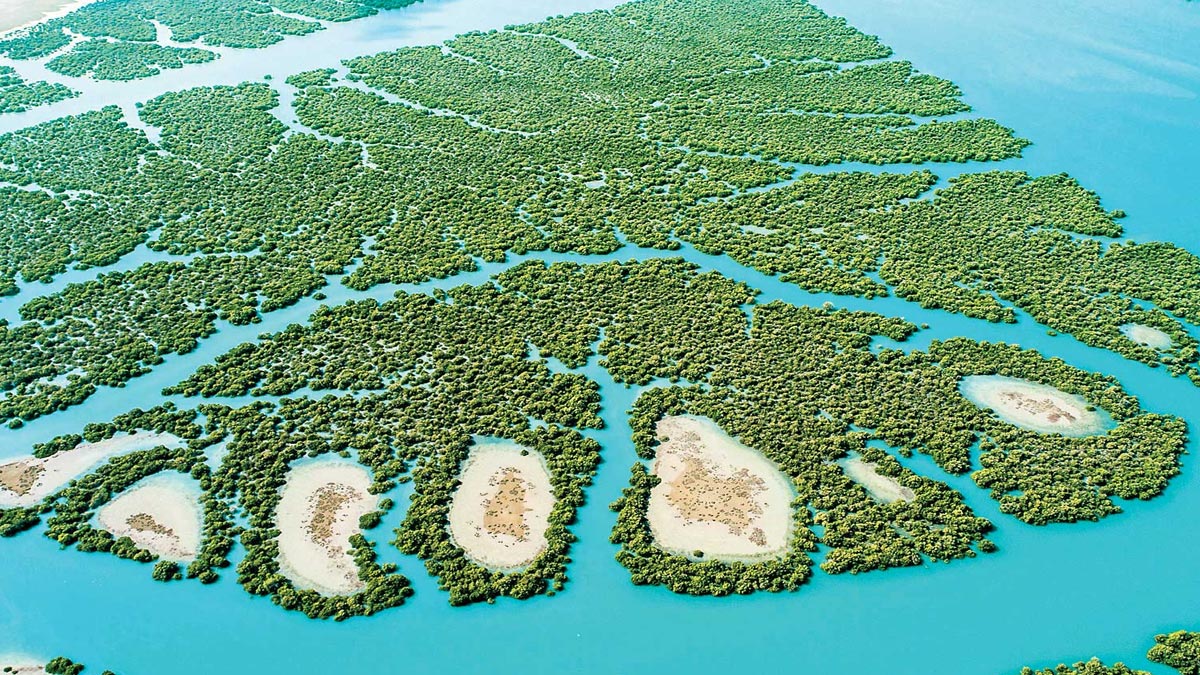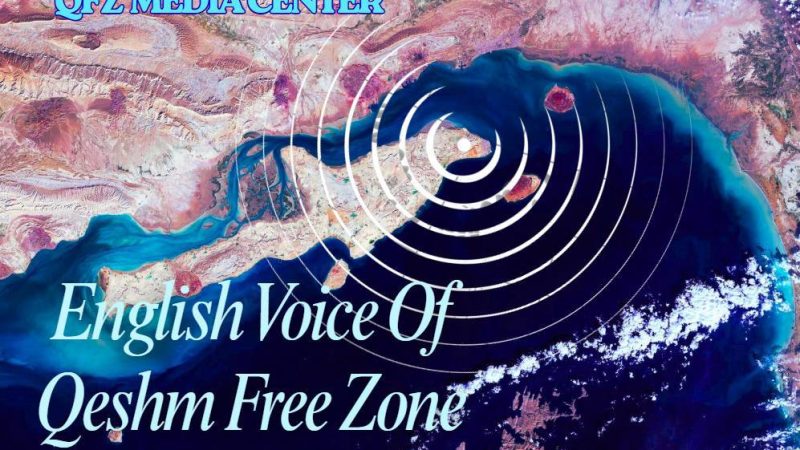Qeshm’s UNESCO Geopark: Natural Beauty and Cultural Significance

Located in the Persian Gulf, Qeshm Island is Iran’s largest island and a hidden treasure of natural wonders, cultural heritage, and ecological importance. Among its most prominent attractions is the Qeshm UNESCO Global Geopark, the first and only geopark in the Middle East recognized by UNESCO. This geopark is not only a showcase of geological diversity but also a vibrant reflection of the island’s traditions, history, and sustainable development.
This article explores the natural beauty and cultural significance of Qeshm’s UNESCO Geopark, while highlighting why this destination is a must-visit for eco-tourism lovers, nature photographers, and history enthusiasts.
What Is Qeshm’s UNESCO Geopark?
The Qeshm Global Geopark was officially listed as a UNESCO Global Geopark in 2006 and revalidated in 2017. It spans a large portion of Qeshm Island and includes a variety of stunning geological formations, rare ecosystems, and ancient cultural landmarks.
This geopark represents millions of years of geological evolution, showcasing natural formations like canyons, salt caves, valleys, and mangrove forests, which are scientifically valuable and breathtakingly beautiful.
Top Natural Attractions in Qeshm’s Geopark
1. Stars Valley (Valley of the Stars)
One of the most famous sites in Qeshm Island’s geopark is the Valley of the Stars, a dramatic landscape formed by wind and rain erosion over centuries. Locals believe the valley was shaped by falling stars, giving the site a mystical reputation.
2. Namakdan Salt Cave
Recognized as one of the longest salt caves in the world, Namakdan Cave is a geological wonder filled with salt crystals and underground salt rivers. Its cool, mineral-rich air is believed to have healing properties.
3. Hara Forest (Mangrove Forest)
Situated along the northern coast of Qeshm Island, the Hara Forest is a protected biosphere reserve. It plays a vital role in the local ecosystem, housing migratory birds, fish species, and unique flora adapted to saltwater.
4. Chahkooh Canyon
Carved naturally into sedimentary rock, Chahkooh Canyon is a narrow gorge that tells a silent tale of tectonic shifts and erosion. It is ideal for adventure seekers and geological researchers.
Cultural and Historical Importance
Beyond natural wonders, Qeshm Island’s geopark is deeply intertwined with the island’s cultural heritage. Indigenous people known as the Bandari maintain traditional lifestyles, clothing, and crafts. Local markets offer handmade textiles, spices, and traditional foods that reflect the island’s historical trade ties with Africa, India, and Arabia.
The geopark also includes historical sites, such as ancient wells, traditional boatyards (Lenj-making), and old shrines, all of which contribute to the intangible cultural value of the area.
Why Visit Qeshm’s UNESCO Geopark?
Eco-Tourism Opportunities: Qeshm is a haven for eco-tourists who want to explore untouched nature, birdwatching sites, and marine life along the coasts of the Persian Gulf.
Geological Education: The geopark serves as a living textbook for geologists and earth scientists, offering accessible and visible records of the Earth’s history.
Cultural Immersion: Engage with local people, learn their customs, and enjoy traditional Bandari hospitality.
Sustainable Travel: Visiting the geopark supports sustainable tourism in Iran, helping preserve the region’s biodiversity and culture.
Accessibility and Visitor Information
Qeshm Island is easily accessible by air (via Qeshm International Airport) or by ferry from the southern coast of Iran. The geopark is open year-round, though the best time to visit Qeshm is during the cooler months from October to March.
Local guides are available to lead educational and eco-tourism tours through the geopark’s key areas. Visitors are encouraged to follow environmental guidelines and respect cultural sensitivities.
Conclusion
Qeshm’s UNESCO Geopark is a rare fusion of natural beauty, scientific significance, and cultural richness. Whether you’re wandering through the Valley of the Stars, exploring the salt caves, or sailing near the mangrove forests of the Persian Gulf, every step on Qeshm Island brings you closer to understanding the Earth’s ancient story and the resilience of its people.
For travelers seeking meaningful, eco-conscious experiences, Qeshm Geopark is not just a destination—it’s a journey through time, nature, and heritage.



















بدون Comment